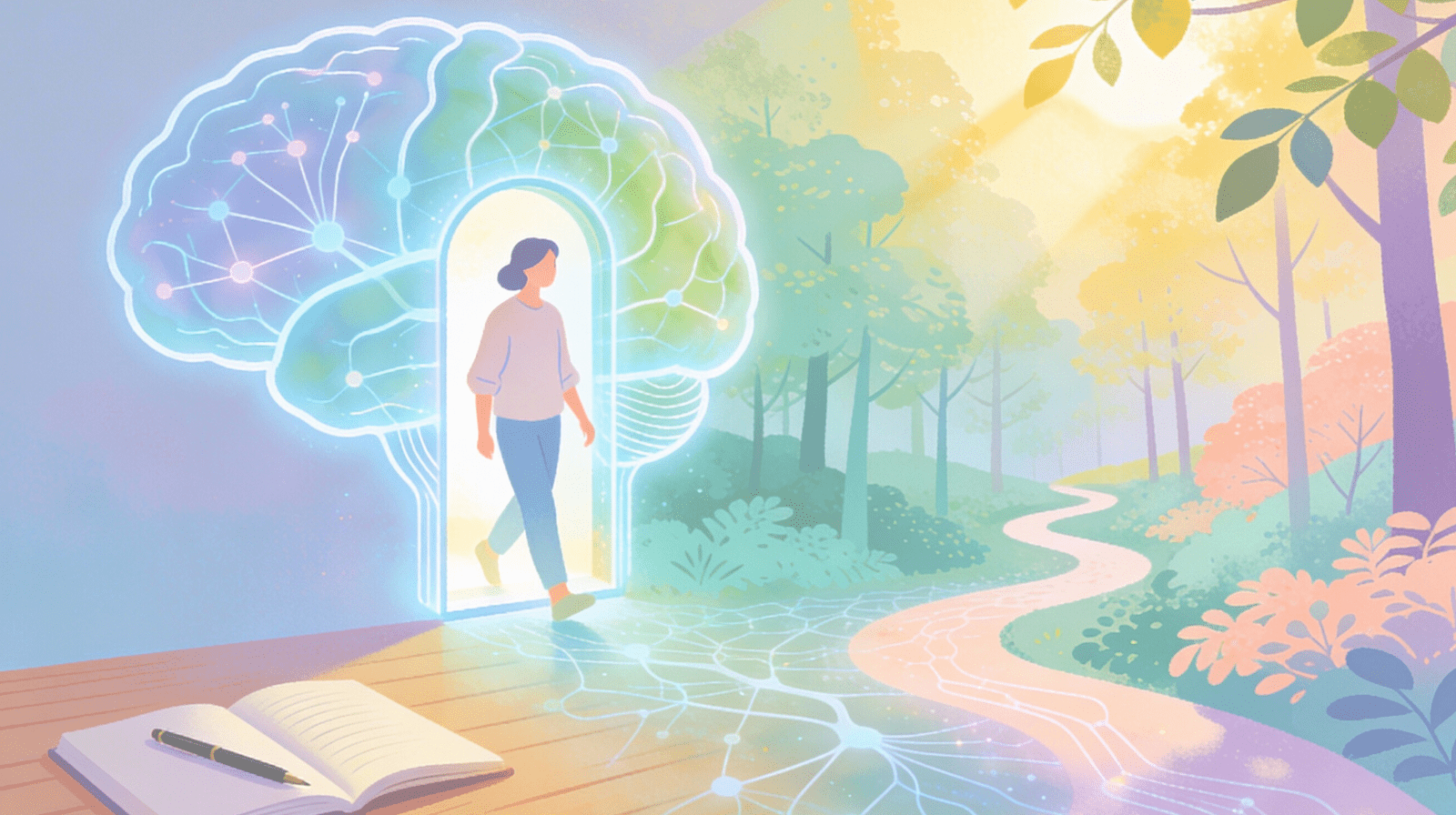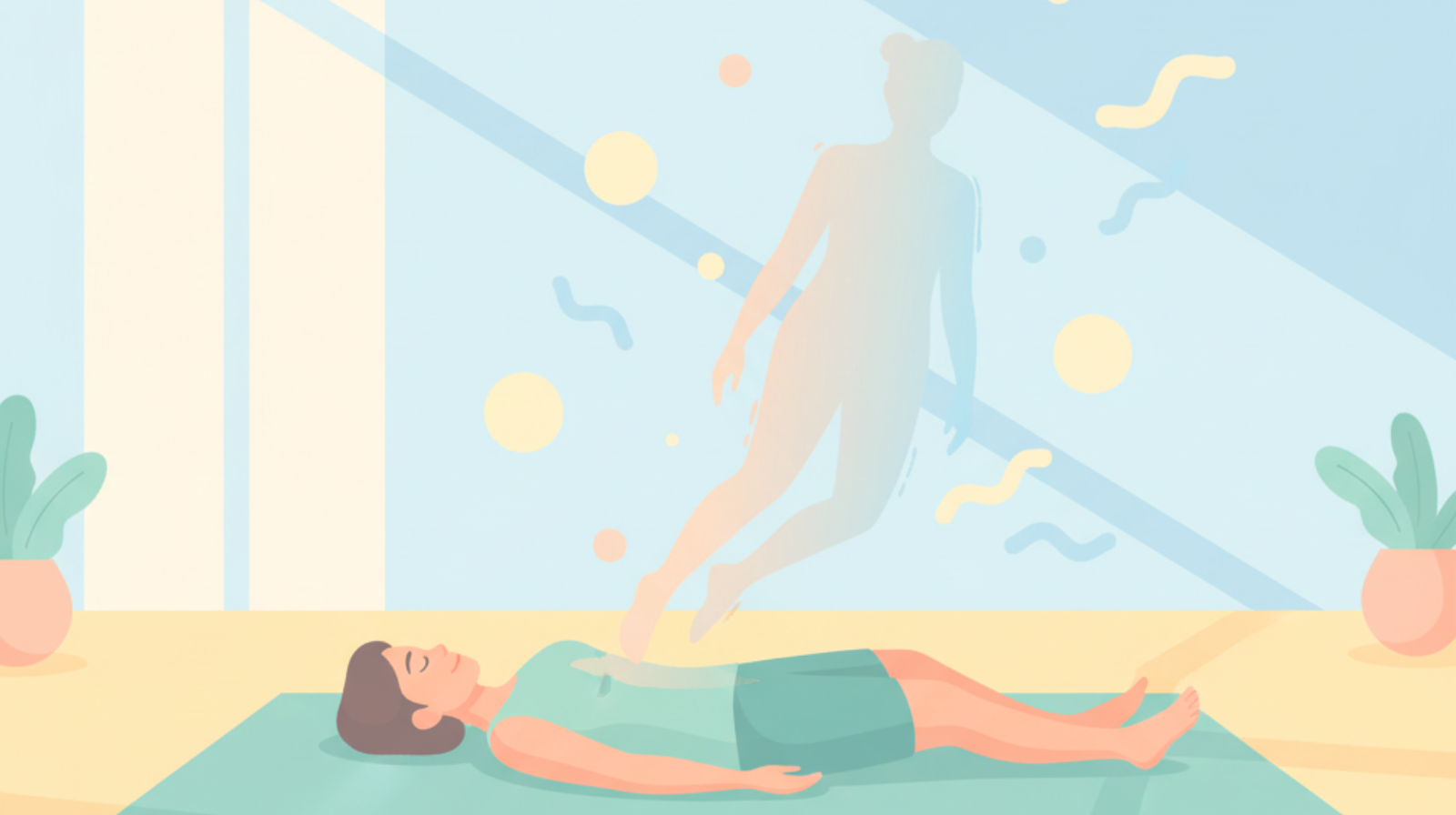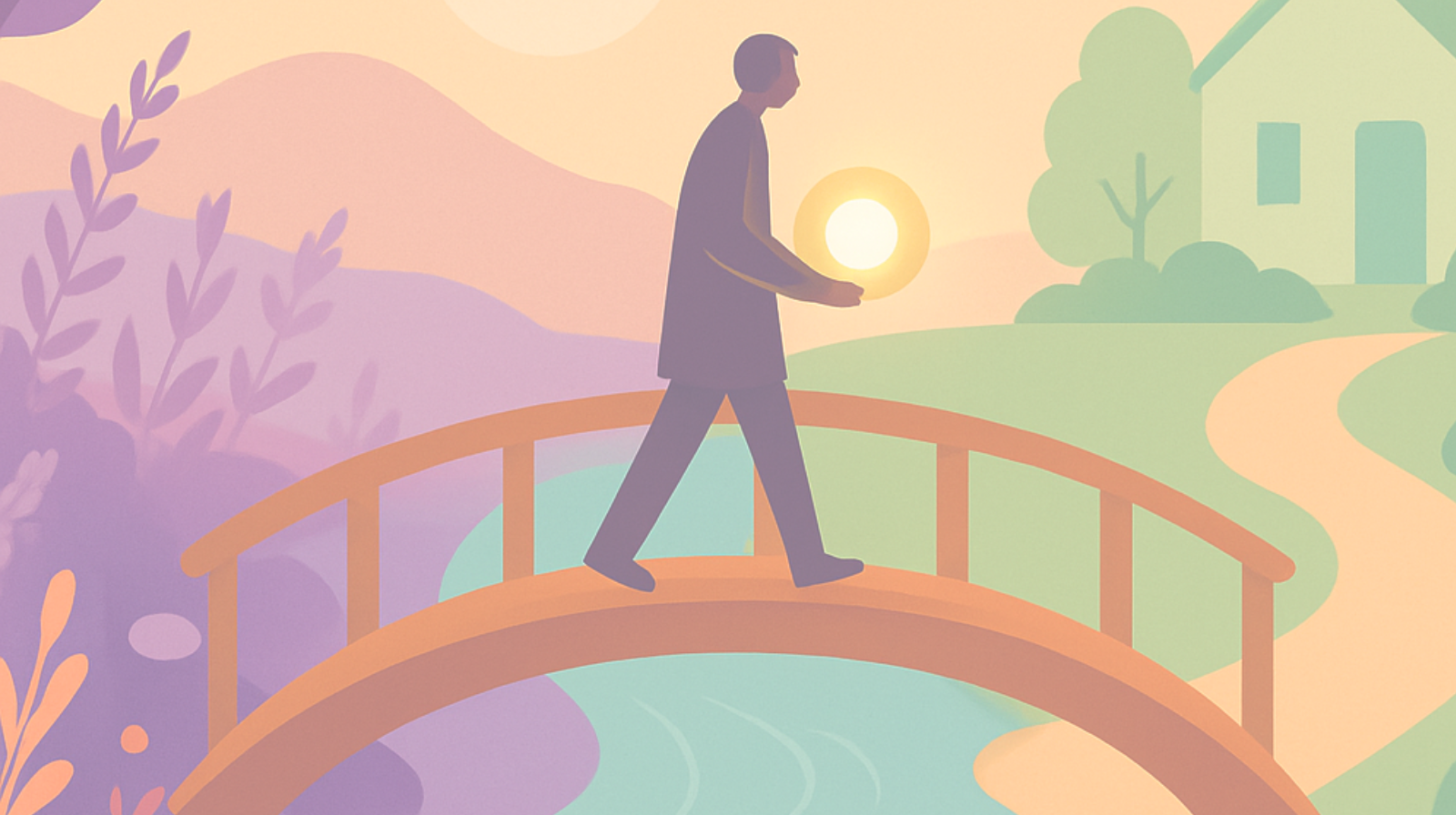
Psychedelic Harm Reduction: A Comprehensive Guide to Safer, More Informed Experiences
Psychedelic use is on the rise. Recent data points to a substantial increase in both curiosity about and experience with substances that alter the mind and expand consciousness; reported usage of LSD within the last 12 months grew a whopping 54% between 2015 and 2018 alone. (1)
As we ride the psychedelic wave, it’s more crucial than ever to have a comprehensive understanding of psychedelic harm reduction and integration (PHRI)—what it is, its utility for both users and clinicians, and how best practices can help you have a safer, more holistic, and more rewarding experience.
What Is Psychedelic Harm Reduction?
Clinically speaking, PHRI is a patient-focused care model; a psychotherapeutic intervention system which includes various principles like: (2)
- Harm reduction psychotherapy
- Psychedelic-assisted therapy
- Mindfulness modalities
- Psychodynamic therapy
In plain English, PHRI is the framework used by professionals to ensure a patient has the tools they need to navigate their use of mind-altering drugs safely and effectively. One important caveat, though, PHRI does not typically involve the direct administration of psychedelics. It’s a system of best practices for what to do before, during, and after.
Why Harm Reduction Matters in Psychedelic Spaces
Psychedelic use has been under the scientific microscope for decades. As more research emerges, clinicians are catching up to what spiritual leaders and alternative medicine practitioners have known for generations—restriction and shaming do not deter people from wanting to use drugs, nor improve the experience. (3)
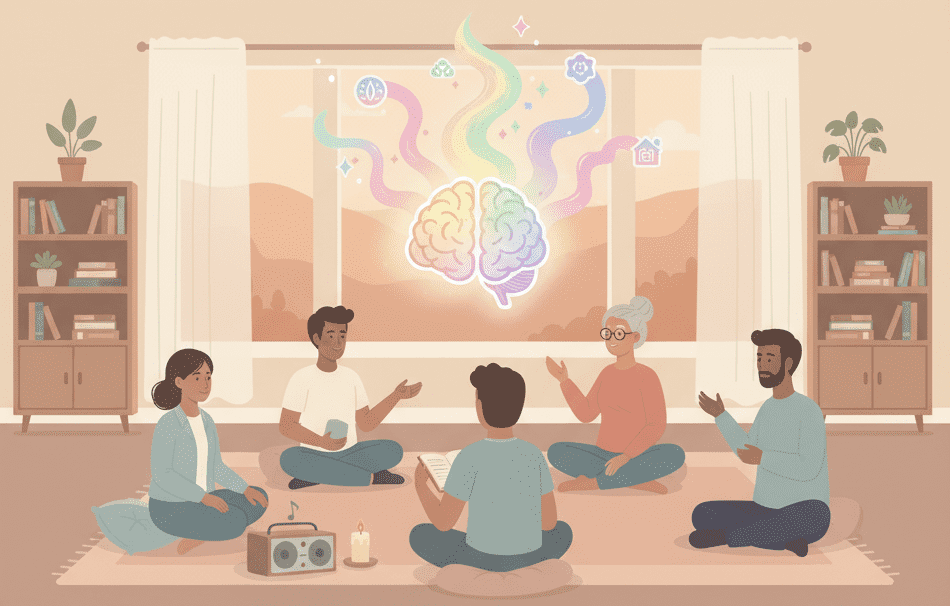
The principle of harm reduction is not exclusive to psychedelics, but it is particularly important as a guiding framework for psychedelic use. Why? Unlike many other drugs, the effects of psychedelics can last long after the physical sensations subside. PHRI mandates that users be given the tools they need to navigate the extended on- and off-ramps safely and effectively.
The Science Behind Harm Reduction
PHRI is all about how to take psychedelics safely. Most of the bases in terms of scientific research in this area have been covered, but it pays to take a closer look at some specific factors and how different parts of the world regard psychedelic use.
What Research Says About Set, Setting, & Support
Set, setting, and support broadly describe the circumstances you create before embarking on a psychedelic journey. (4)(5) More specifically,
- Set describes internal factors; the mood and expectations of a person taking psychedelics.
- Setting refers to your social and literal environment.
- Support is your support network; the sitter, supervisor, or spiritual guide you rely on during and after the trip.
Research tells us that these factors vary depending on the type of psychedelic you’re taking and your purpose for doing so, but they’re consistently correlated with having a worthwhile experience. Neglecting them may dampen your outcome.
Global Models for Safe Access and Education
While PHRI is a powerful psychedelic safety guide, it’s not the only framework constructed around engagement with psychedelic substances.
Since things like mushrooms, LSD, or ketamine are still legally restricted in some form in most parts of the world, let’s take a quick look at some examples of what other regions are doing with these drugs:
- Constraints on psychedelic usage are beginning to loosen all over the United States, according to UC Berkeley’s Center for the Science of Psychedelics.
- Particularly, the FDA has granted some psychedelics with the breakthrough therapy designation (BTD), enabling a wider array of legitimate clinical research. And the state of Oregon is allowed to distribute small doses of psilocybin at approved, state-operated clinics.
- In Canada, medical patients can request access to psilocybin as part of a treatment plan through their Special Access Program, even though psychedelics remain illegal.
- Certain Central American countries, like Brazil and Peru, legalize ayahuasca for religious uses.
- In the Netherlands, truffles (the sclerotia of magic mushrooms) are fully legal.
On the policy front, psychedelic use expansion tends to come through platforms that emphasize religious expression and medical treatment. Unburdened leisure use is a tough nut to crack in many countries, but overall sentiment is slowly shifting in favor of psychedelic availability.
Before the Experience: Preparation Is Everything
Before taking a common medication like a pain reliever, you read the label on the bottle. The same idea holds for psychedelics (even if they don’t come with a tidy list of advisories); under the guidance of a qualified facilitator, you need to prepare both your mind and body for the journey that lies ahead.
Luckily, contemporary research on psychedelic use can help us better understand what matters before we embark: (4)
Screening: When Psychedelics May Not Be Safe
It is absolutely essential to ensure, to the best of your ability, that any psychedelic substance you’re thinking of taking is both legitimate and dosed appropriately. To do so, you should take steps to learn where the drug is sourced from, and, particularly, vet the provider to the best of your ability.
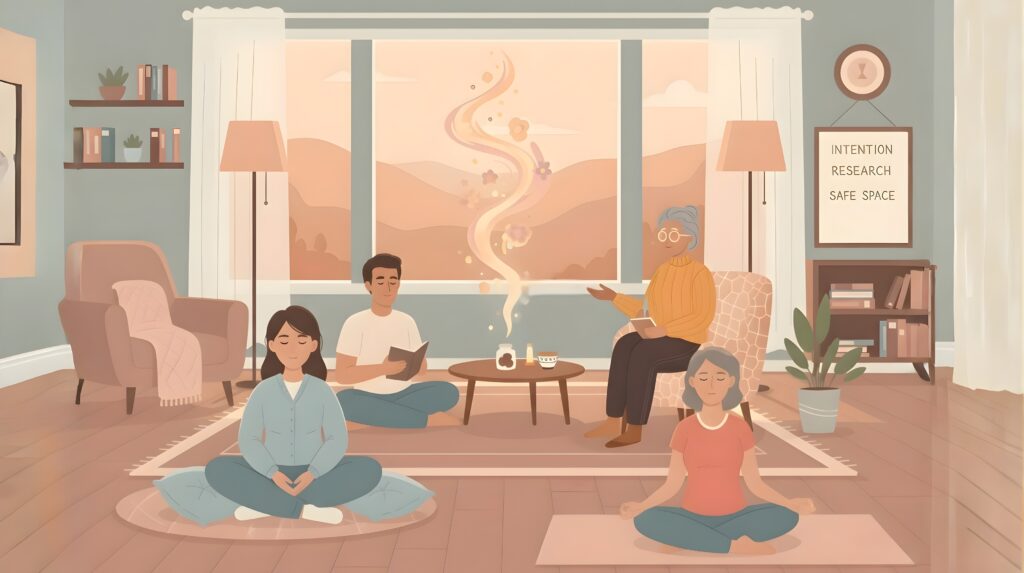
Without proper precautionary measures like screening, you’re liable to experience more of the dangerous side effects of psychedelics, ranging from neurotoxicity to overdoses, which can require emergency medical treatment. (6)
Moreover, if you’re partaking in psychedelic use through a qualified provider like Beckley Retreats, you’ll undergo additional safety protocols—an evaluation of your medical history, medications you’ve taken or are taking, and more, to ensure nothing gets tangled, so to speak, during or after your journey.
The Role of Set and Setting
Psychedelic trips distort your perception of reality. Whether that experience is more positive than negative (or the other way around) varies by a number of factors, including your physical environment and the people you surround yourself with.
“Set” refers to your mindset; the mental and emotional landscape you’ll traverse on your journey. Beckley Retreats facilitators help adjust your mindset prior to embarking through guided workshops and 1-on-1 coaching.
When it comes to setting, comfort is priority number one. Taking psychedelics in a familiar location like your home or at a guided retreat, with familiar people or qualified experts, can go a long way.
It’s also worth taking the time to address logistics. These can include arranging travel to and from the session if necessary, or, if you’re at home, ensuring you have food, water, and solitude readily available.
Understanding Dose and Substance Differences
“Psychedelics” is an umbrella term for a variety of substances, each with their own unique chemical structure and effects. To get the most out of your experience, you need to have at least a cursory understanding of how psychedelic effects vary between drugs and by dosage.
- Psilocybin: Generally lasts 4-6 hours and helps facilitate personal insight or emotional exploration.
- LSD: Can last up to 12 hours; “marathon” sessions typically contain experiential peaks and valleys, and are enhanced by guidance from a professional
- DMT/Ayahuasca: Short, intense trips, with duration varying significantly by method of ingestion
- MDMA: Lasts roughly 4 to 5 hours and, at low doses, can be used clinically as a part of a mental healthcare plan
- Ketamine: Sessions range from 30 to 90 minutes, and may be integrated alongside other therapeutic or emotionally explorative practices
How to Choose a Safe and Legal Environment
If you’re new to using psychedelics, it’s in your best interest to begin your journey under the care and supervision of trusted professionals—whether that’s in a clinical or medical setting, or as part of a guided spiritual retreat.

In either case, you need to trust the environment you’re in and the people you’re with. To that end, you should:
- Establish a clear goal for yourself in advance, so you know what you’re looking for from the experience.
- Familiarize yourself with the local, regional, and national legality of any psychedelic you’re considering.
- Seek out accredited providers staffing licensed professionals or experts.
- Be appropriately wary of services, settings, or individuals who seem to over-promise or are in any way pushy about getting you to partake.
During the Experience: Safety in Real Time
With the groundwork laid and precautions taken, it’s time to begin your psychedelic journey. Once you’ve left the proverbial harbor, you need to know how to navigate unpredictability and stay on course.
Grounding Techniques and Emotional Regulation
Psychedelic trips can both nourish and challenge your mind. If you find yourself veering into an unpleasant emotional experience, grounding techniques—methods designed to help you maintain your perspective and remain calm—are invaluable in helping you manage your emotions. Some common ones include:
- Mantras: Brief, repeatable phrases which serve as soothing reminders; “I am safe in this moment,” or “I control my feelings at all times.”
- Deep breathing: Drawing long, slow, controlled breaths helps bridge the gap between physical peace and mental acuity.
- Music: Playing music you enjoy can help you feel more like yourself or trigger a fond nostalgic memory.
- Cradling: Holding onto a familiar item can provide a sense of familiarity and place. You can also opt for a strong, unsurprising sensation from something like an ice cube, which can remind you of your ability to experience a variety of sensations and not be dominated by your trip.
Psychedelics can be a calming emotional breeze or a howling tornado. Staying in the driver’s seat emotionally is crucial to ensure you get the most out of your journey from start to finish.
The Importance of a Trusted Sitter or Facilitator
Supervision during psychedelic use is paramount, especially if you’re a beginner. Think of sitters or facilitators as shepherds. A sitter observes your trip and helps you avoid physical danger or panicking, while a facilitator takes a more active role in guiding your spiritual journey.
When to Seek Help
No matter how well you prepare or how ready you feel going in, psychedelic experiences carry a risk. That said, there’s a difference between veering into unpleasant emotions worth unpacking, and going through a true crisis.

It’s important to recognize the latter—as early as possible. Physical symptoms can manifest as excessive sweating, jitters, or restlessness. Mentally, you might feel trapped, in immediate danger, or like you have no control over the direction or intensity of your thoughts.
After the Experience: Integration and Recovery
Psychedelic trips aren’t discrete experiences. Integration refers to merging your revelations and the meaning you gleaned from them into your daily life. Get it right, and you’ll have a fuller, more balanced, and more holistic perspective.
Making Sense of Insights and Emotions
After you come down and return home to yourself, you need time to reflect on your journey. If you’re not in a supervised setting, peace and solitude are key to helping you parse through what you’ve learned. This is the time to talk to yourself, silently or aloud even, about what you learned and how it makes you feel.
Leaving these stones unturned can rob you of some of the richness provided by a psychedelic experience. It’s not homework—it’s cashing the emotional check you’ve earned.
The Role of Integration Circles and Therapy
To that end, guided therapy and a peer group can go a long way. Psychedelic stewards have personal experience with trips and the appropriate professional background to ensure you cross the finish line safely.
Beckley Retreats’ integration program focuses on just that. After your trip, our providers help you tie all your loose threads together via guided practices, group reflection, and a daily toolkit you can access right on your phone through our app.
This is also an area where mental health providers shine. A good psychotherapist can enhance integration by asking the right questions, helping you arrive at the conclusions that matter.
Physical and Emotional Aftercare
Afterward, you’ll need to do a bit of emotional (and in some cases, physical) cleanup. Depending on the psychedelic you used, you may need to feed or hydrate yourself after an hours-long journey. Emotionally, soothing assurances that you’ve arrived home, from a familiar or trusted sitter, can go a long way.
Common Risks and How to Reduce Them
We’ve got a handle on what to do before, during, and after a psychedelic experience to maximize harm reduction. Let’s dive specifically into risk management.
Mixing Substances
Psychedelics are not meant to be mixed. These substances are, on their own, powerful cognitive catalysts. Although certain psychedelics act in similar ways—psilocybin and DMT both affect serotonin receptors—they are not necessarily synergistic.
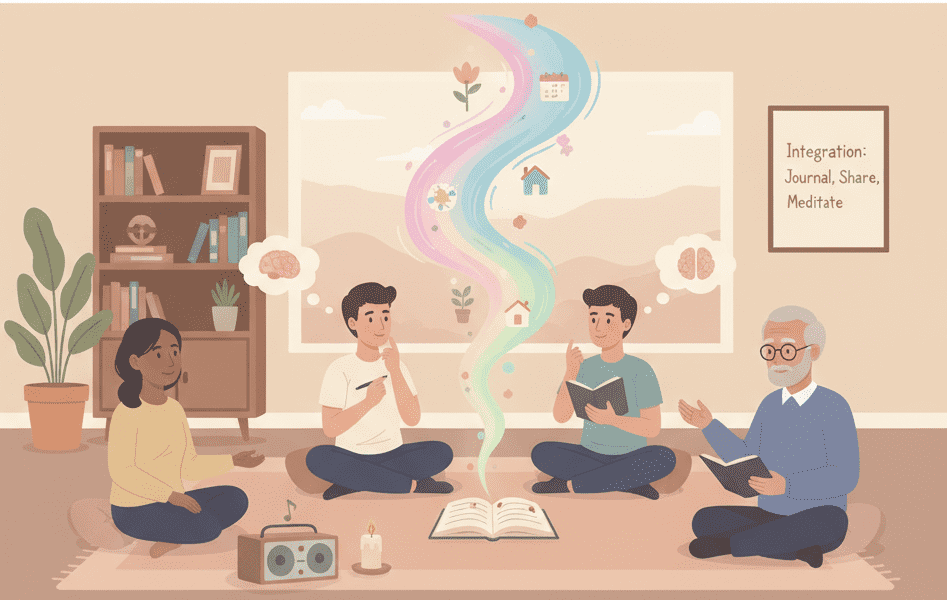
For example, data from 2022 on serotonergic psychedelics concluded “some combinations may present a significant risk for serotonin toxicity, while others are likely benign.” (7)
You don’t need to double down, and doing so absolutely does not mean you’ll have twice as much fun or double the realizations. Take one substance at a time, and wait several weeks before indulging in something different.
Managing Challenging Experiences
Some studies have argued that the majority of people experience bad trips, no matter their psychedelic of choice. (8) Here’s the good news: There are ways to transmute a negative journey into something valuable.
Specifically, reframing the narrative of your trip can be a powerful tool. After all, you have the power to determine the emotional context of your experience; a so-called “bad trip” can be framed as a learning experience, or a lesson in touching parts of your emotional spectrum you want awareness of, but not necessarily interaction with.
Avoiding Exploitative or Unsafe Retreat Settings
Psychedelic retreats can elevate the meaning of the experience and the worth it provides to you. By turning yourself over to the guidance of spiritual experts, you can access deeper parts of your consciousness and come out the other side with more valuable insights.
That said, consider these factors when assessing a potential psychedelic retreat:
- Cohort size, or the amount of participants; larger groups can be more stressful
- Staff size; too few facilitators can mean resources and help are stretched thin
- Qualifications; retreat staff should have formal training plus personal experience
- Modalities; staff should be familiar with an array of PHRI techniques and principles
- Testimonials; any worthwhile retreat should have robust, varied, thorough participant reviews
Frequently Asked Questions
What does “psychedelic harm reduction” mean?
Psychedelic harm reduction (and integration, sometimes) describes a set of practices for managing potential negative effects associated with consuming psychedelic substances like psilocybin or MDMA.
How can I prepare for a psychedelic experience safely?
In short, preparing for safe psychedelic use starts weeks prior to the actual trip. Abstaining from stimulants (like caffeine) and alcohol, getting adequate rest, preparing a low-stress environment, and recruiting a qualified supervisor or sitter are all smart steps to take.
What should I do if I’m having a difficult trip?
You can rely on several grounding techniques if you’re experiencing a difficult psychedelic trip. Sensory familiarity goes a long way, as can deep breathing exercises, sipping small amounts of water, or practicing mindfulness and affirmation.
Is it safe to mix psychedelics with alcohol or antidepressants?
No. Alcohol and antidepressants should not be mixed with psychedelics, as they are also mind-altering substances. Ingesting them alongside psychedelics may dampen the effects or, worse, amplify them unpleasantly.
How can I integrate a psychedelic experience in a healthy way?
Integration after psychedelic use is all about translating the abstract emotional experiences you had during your trip into actionable, long-term change. Strategies like talk therapy, deep introspection, meditation, or journaling go a long way.
References
- Yockey RA, Vidourek RA, King KA. Trends in LSD use among US adults: 2015-2018. Drug Alcohol Depend. 2020 Jul 1;212:108071. doi: 10.1016/j.drugalcdep.2020.108071. Epub 2020 May 15. PMID: 32450479.
- Gorman I, Nielson EM, Molinar A, Cassidy K, Sabbagh J. Psychedelic Harm Reduction and Integration: A Transtheoretical Model for Clinical Practice. Front Psychol. 2021 Mar 15;12:645246. doi: 10.3389/fpsyg.2021.645246. PMID: 33796055; PMCID: PMC8008322.
- Pickard, H. Responsibility without Blame for Addiction. Neuroethics 10, 169–180 (2017).
- Dutton, C., North, E., Chun Tie, Y. et al. Harm reduction practises for users of psychedelic drugs: a scoping review. Harm Reduct J 22, 158 (2025).
- Winkelman MJ (2021) The Evolved Psychology of Psychedelic Set and Setting: Inferences Regarding the Roles of Shamanism and Entheogenic Ecopsychology. Front. Pharmacol. 12:619890. doi: 10.3389/fphar.2021.619890
- Schlag AK, Aday J, Salam I, Neill JC, Nutt DJ. Adverse effects of psychedelics: From anecdotes and misinformation to systematic science. J Psychopharmacol. 2022 Mar;36(3):258-272. doi: 10.1177/02698811211069100. Epub 2022 Feb 2. PMID: 35107059; PMCID: PMC8905125.
- Malcolm B, Thomas K. Serotonin toxicity of serotonergic psychedelics. Psychopharmacology (Berl). 2022 Jun;239(6):1881-1891. doi: 10.1007/s00213-021-05876-x. Epub 2021 Jul 12. PMID: 34251464.
- Gashi L, Sandberg S, Pedersen W. Making “bad trips” good: How users of psychedelics narratively transform challenging trips into valuable experiences. Int J Drug Policy. 2021 Jan;87:102997. doi: 10.1016/j.drugpo.2020.102997. Epub 2020 Oct 17. Erratum in: Int J Drug Policy. 2021 Jul;93:103183. doi: 10.1016/j.drugpo.2021.103183. PMID: 33080454.
